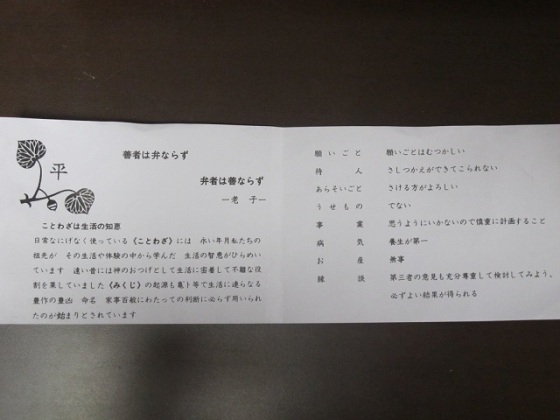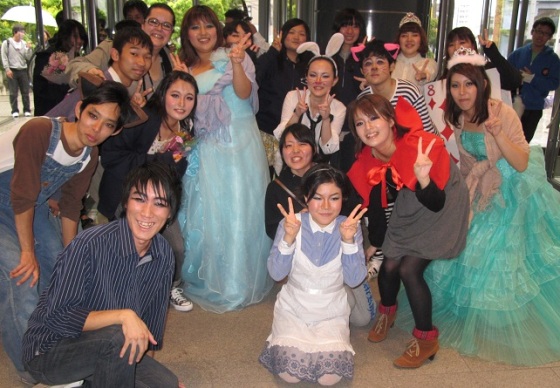“When I go to the city, I feel like in a luxury living room. Back in the favela, I am just abandoned furniture in a junk room”: Carolina María de Jesús’ diaries starting in 1955 became a media and literary success when journalist Audálio Dantas “discovered” her in the favela and had her writings published as Quarto de despejo (Junk room) in 1960. For the first time in Brazil, a black favelada was able to produce and sell a poetic text about her daily routines and her dreams. Her diaries and poems with literary intentions and reflections about life and society focused on her endurance to get food for her children and the social relations in the favela.
To commemorate the 100th anniversary of her birth, a German documentary from 1971 about her life was shown at Instituto Moreira Salles in Gávea, Rio, followed by a conversation between the above Audálio and professor Marisa Lajolo. Were Carolina Maria’s diaries real literature if such concept exist anymore? What was the suspicious reception by the elitist literary society of the time of an outsider’s success if not a reflection of the impermeable Brazilian society condemning class and race to an illiterate junk room? Things have changed in the last 50 years and now the Academia maintains a broader and more including idea of art, but society keeps on seeing moradores de favela as disrupting elements in a personal and desired imaginary of a middle and upper class white Brazil.
What a strange sensation is to attend an 18-minute documentary in German with Portuguese subtitles and real but older and already successful Carolina Maria de Jesús playing the role of herself when picking paper 15 years before from trash cans on the streets of São Paulo. A voice in off reads her diaries; and images of the favela and their dwellers alternate with the late poet’s comments about the changes in her life after the publishing of her books.
Here, some extracts of her writings and an audio:
31 de maio Sábado – O dia que quase fico louca porque preciso arranjar o que comer para sábado e domingo […] Fiz o café, e os pães que eu ganhei também. Puis feijão no fogo. Quando eu lavava o feijão pensava: eu hoje estou parecendo gente bem – vou cozinhar feijão. Parece até um sonho! … Ganhei bananas e mandioca na quitanda da rua Guaporé. Quando eu voltava para a favela, na avenida Cruzeiro do Sul 728 uma senhora pediu-me para eu ir jogar um cachorro morto dentro do Tietê que ela dava-me 5 cruzeiros.

















